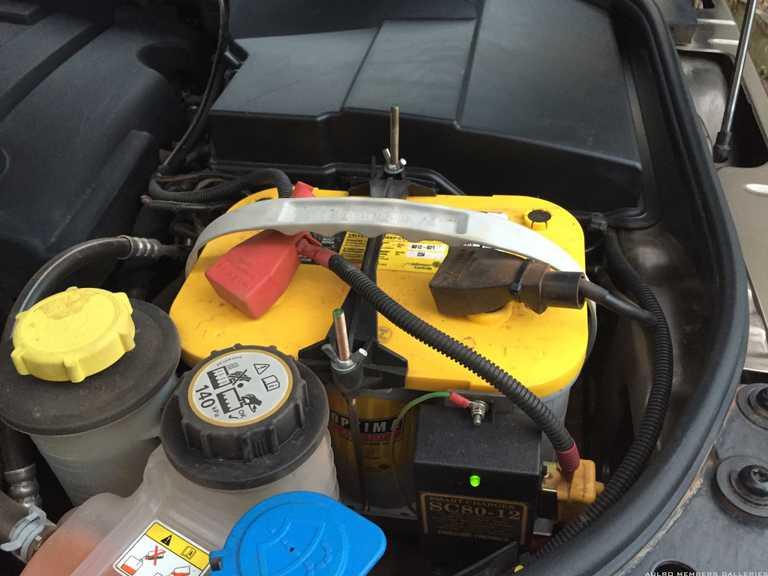Bill, Tim and Scott have covered it all well.
One other little bit of info - some people prefer to use the location in front of the cranking battery for a larger compressor (like the ARB twin CKMTA12) because it does offer a larger space than the driver's side battery box and then locate the aux battery in the driver's side battery box.
On some later models (certainly in my MY14) though, one of the nutserts for the battery tiedown in the driver's side battery box is obstructed by the ABS pump. Only a consideration if you are considering a larger compressor...
David
Everything is easy when someone else is doing it
MY14 SDV6 SE Corris Grey
Compomotive 18s : D697s : Traxide DBS : LLAMS : ARB compressor : IC-455
Rhino Platform : GOE compressor, Tx & front bash plates, deluxe sliders



 Reply With Quote
Reply With Quote




Bookmarks